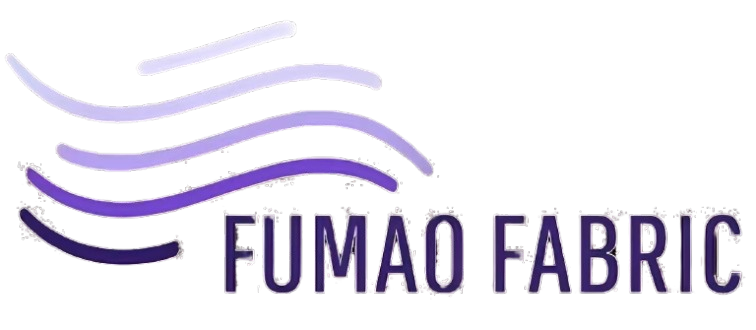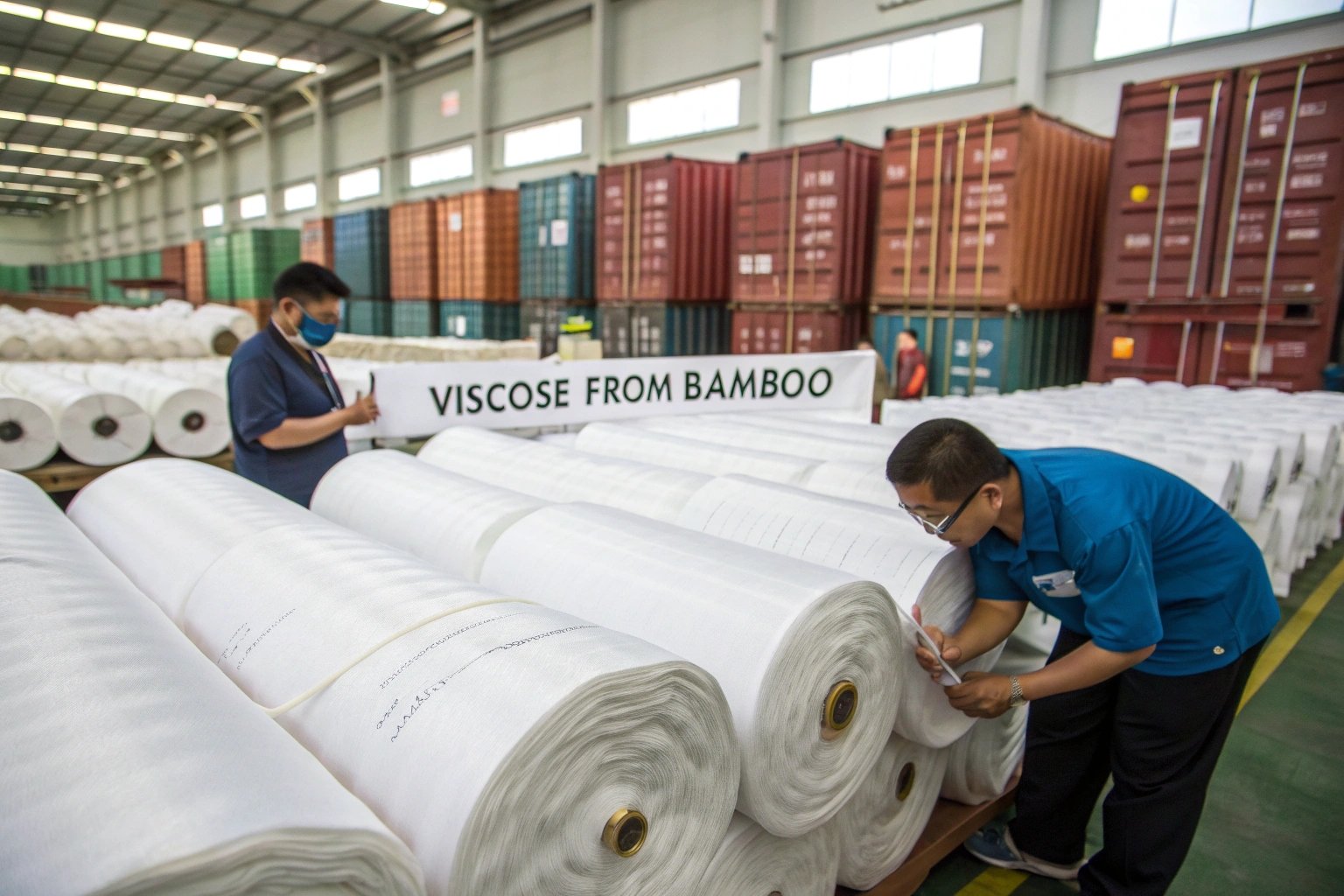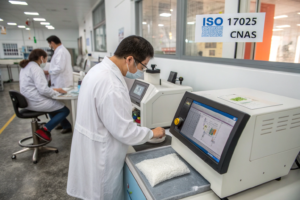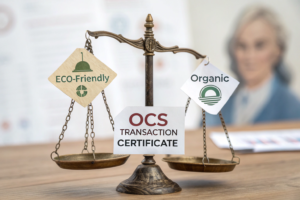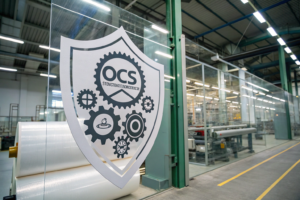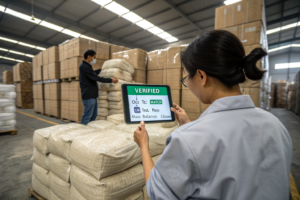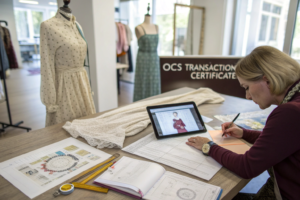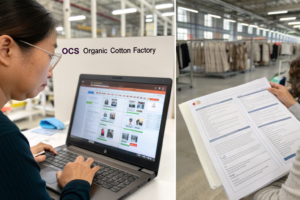Global interest in sustainable textiles is driving demand for bamboo viscose. It's soft, breathable, and eco-conscious. But for U.S. importers, sourcing bamboo viscose is not just about price and quality—it’s about compliance. Improper labeling or incorrect customs classification can trigger delays or fines.
To source affordable bamboo viscose fabric for the U.S. market, buyers need to balance price, product quality, and compliance with U.S. Customs and FTC regulations.
At Fumao Fabric, we help global clients—including U.S. importers—source high-quality bamboo viscose that’s cost-effective and fully compliant. This article reveals what to check, how to avoid customs headaches, and where to source reliably.
What U.S. Customs Rules Apply to Bamboo Viscose?
You may think bamboo viscose can be labeled simply as “bamboo.” But that’s incorrect under U.S. law. The Federal Trade Commission (FTC) requires it to be called what it truly is—“rayon (or viscose) made from bamboo”.
According to U.S. FTC and CBP regulations, bamboo viscose must be labeled as rayon made from bamboo, and classified under the correct HTS codes.

Required Labeling
Per the FTC’s 2015 enforcement guidelines:
- ❌ Not Allowed: “100% Bamboo Fabric”
- ✅ Correct: “Rayon made from bamboo”
For more, see the FTC’s guidance on bamboo textiles.
Harmonized Tariff Schedule (HTS) Codes
Bamboo viscose fabric is typically classified under:
- 5403.31: Viscose rayon filament yarn
- 5510.90: Yarn of artificial staple fibers (other than sewing thread)
- 5516.12: Woven fabrics containing >85% artificial staple fibers
Always consult a customs broker to avoid errors in classification.
How to Find Cost-Effective Bamboo Viscose Suppliers?
While bamboo is mainly grown in Asia, the cost of viscose fabric depends more on spinning, dyeing, and compliance processes. Trusted suppliers ensure that their bamboo source is certified, and their labels meet FTC rules.
Cost-effective sourcing depends on supplier transparency, certification, and willingness to comply with U.S. regulations.
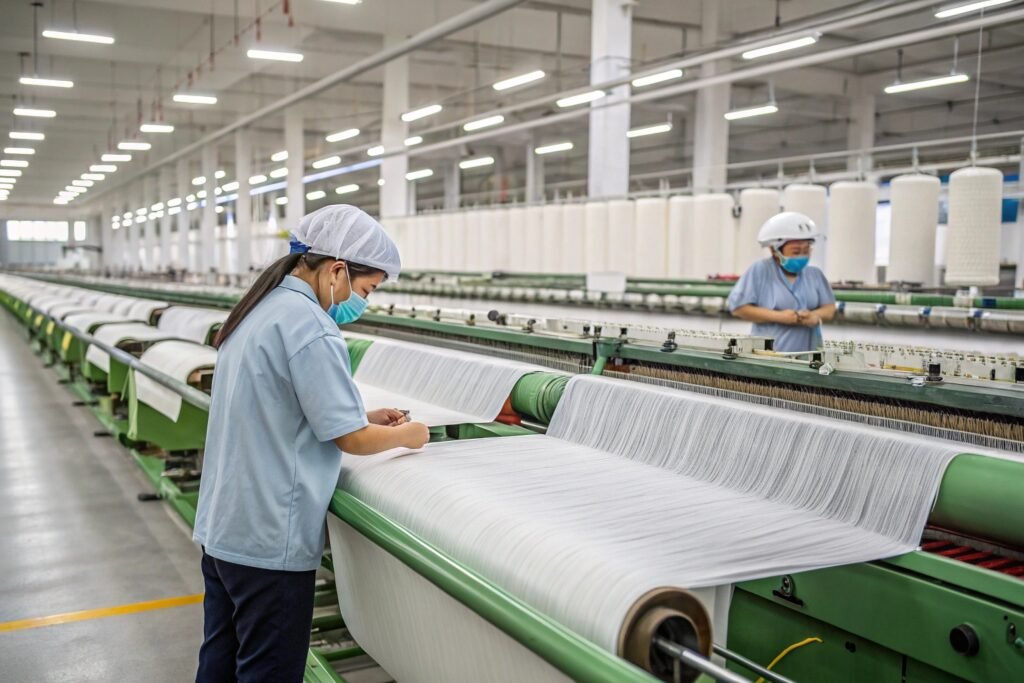
Recommended Countries for Sourcing
| Country | Strengths |
|---|---|
| China | Full vertical supply chain, low cost |
| Vietnam | High-quality weaving, U.S.-friendly terms |
| India | Yarn innovation, diverse finishes |
We at Fumao Fabric operate in Keqiao, China, offering OEKO-TEX certified bamboo viscose with full export documentation.
What to Ask from Suppliers?
When contacting suppliers:
- Ask for the exact fiber content declaration
- Request lab test results verifying viscose composition
- Confirm label wording for U.S. retail
- Ensure supplier provides packing list + CO + BL
See how a Vietnamese exporter prepares their documentation.
What Makes Bamboo Viscose "Affordable" to Import?
Bamboo viscose isn’t automatically cheap—it requires chemical processing that can be costly. Affordability comes from scale, location, and compliance experience.
The most affordable bamboo viscose fabrics are sourced from factories with vertical integration, FOB terms, and large export volume to the U.S.
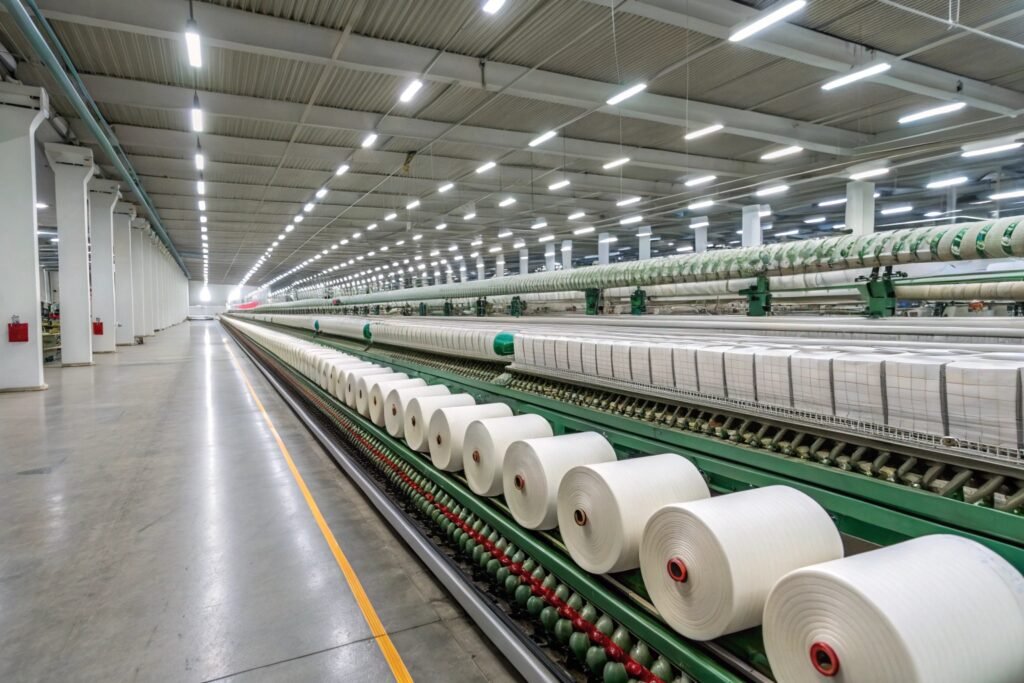
Ways to Lower Cost:
- FOB China or Vietnam: Control freight cost yourself
- Order standard widths (57"/58"): Avoid custom surcharge
- Bundle with other orders: Save on LCL shipping
- Use recycled blends: Cheaper and eco-preferred
Look for suppliers like Tianhong Bamboo offering competitive rates with full compliance.
U.S. Duty Consideration
If importing from GSP-eligible countries (like Cambodia or India), some fabric types may enter duty-free. Otherwise, plan for 6–12% textile duties depending on classification.
See import duty rates via HTS Search.
How to Avoid Import Delays or Penalties?
Delays and rejections often come from incorrect fiber declarations, missing documents, or mislabeled invoices. U.S. Customs can seize goods labeled “bamboo” that are actually viscose.
Always align your labeling, fiber content, and HTS classification with U.S. import rules to avoid shipment delays and fines.
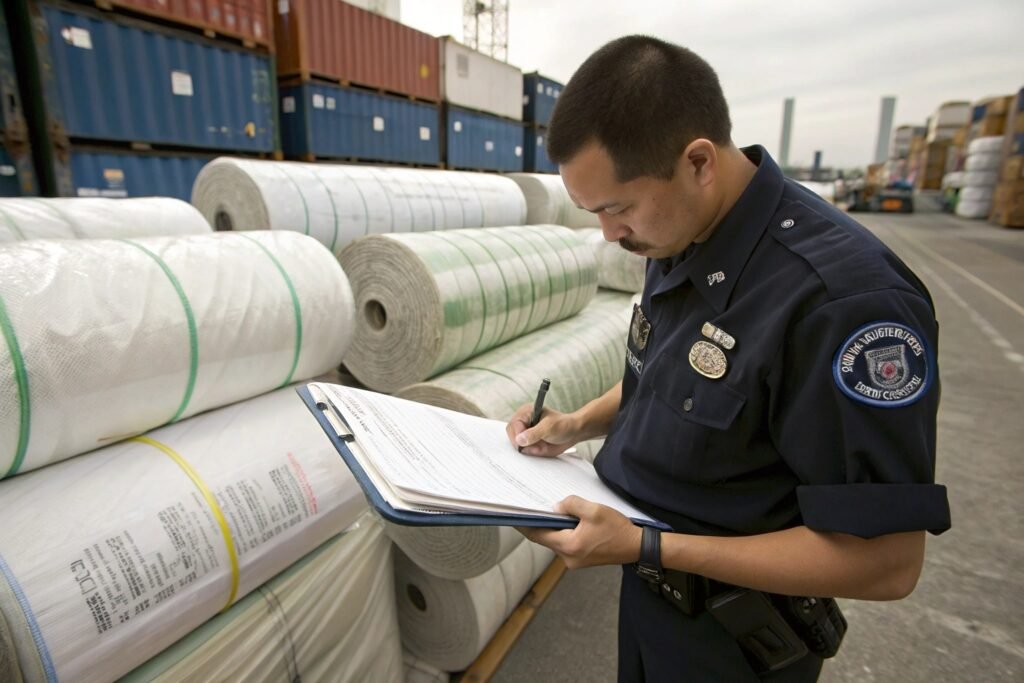
Common Mistakes to Avoid:
| Mistake | How to Avoid |
|---|---|
| Labeling as "bamboo" | Say “rayon made from bamboo” |
| Incomplete packing list | Include roll weight + fiber % |
| No Certificate of Origin | Request CO from supplier |
| HTS code mismatch | Verify with customs broker |
Use professional customs services like Clearit USA for guidance on textile imports.
Conclusion
Sourcing bamboo viscose fabric at the right price is only half the battle. To successfully enter the U.S. market, you must navigate customs rules, FTC labeling guidelines, and documentation standards. When done right, bamboo viscose becomes a scalable, compliant, and eco-conscious choice for fashion brands and textile buyers.
At Fumao Fabric, we provide end-to-end export support—from fiber tracking to correct labeling and U.S.-compliant packing. Whether you need 1,000 yards of dyed viscose or full container loads with LCL consolidation, we make U.S. imports smooth, legal, and cost-effective.
